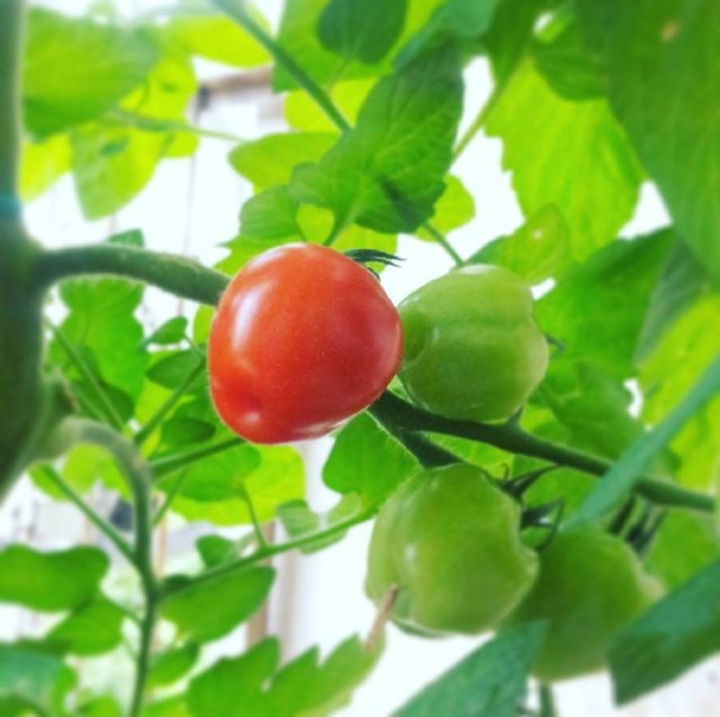TERRACE GARDENING
Terrace gardening, also known as rooftop gardening, is the practice of growing plants, vegetables, and sometimes even small trees on the terraces or rooftops of buildings. It is an excellent way to utilize urban spaces, promote greenery, and contribute to a sustainable environment.
Tomato plants in botanical garden
1. Selecting the right containers: Choose large containers with good drainage holes to allow excess water to escape. 5-gallon pots or larger are ideal for growing tomatoes.
2.Choosing the tomato variety: There are many tomato varieties available, including determinate (bushy) and indeterminate (vining) types. Indeterminate varieties can produce fruit continuously, but they require staking or trellising for support.
3. Quality pot: Use a well-draining potting mix enriched with compost to provide the tomato plants with the necessary nutrients. Avoid using garden soil alone, as it can lead to drainage issues and may contain pests and diseases.
4. Sunlight:Tomatoes need plenty of sunlight to thrive. Ensure your terrace garden receives at least 6-8 hours of direct sunlight daily.
5. Watering: Consistent and adequate watering is essential for tomato plants. Check the soil regularly and water when the top inch of the soil feels dry. Avoid overwatering, as it can lead to root rot.
6. Supporting the plants:As mentioned earlier, indeterminate varieties will require support as they grow. Use stakes, cages, or trellises to keep the plants upright and prevent branches from breaking due to the weight of the fruits.
7. Pruning: Indeterminate varieties benefit from pruning to improve airflow and focus the plant's energy on fruit production. Remove suckers (the small shoots that form in the leaf axils) to encourage larger and healthier fruits.
8.Fertilizing:Feed your tomato plants with a balanced liquid fertilizer or organic fertilizer to ensure they have the nutrients they need for optimal growth
9. Pest and disease management: Keep an eye out for common tomato pests like aphids, whiteflies, and tomato hornworms. Use organic methods like neem oil or insecticidal soap to control pests. Also, be vigilant for signs of diseases like blight or wilt, and promptly address any issues to prevent the spread.
10. Harvesting:Once the tomatoes ripen, gently twist or cut them from the vine. Regularly harvesting ripe fruits will encourage the plant to continue producing more.
Remember that terrace gardening can be affected by environmental conditions, so pay attention to temperature fluctuations, winds, and other factors that may impact your tomato plants. With proper care and attention, you can enjoy a bountiful harvest of fresh, homegrown tomatoes right on your terrace.







